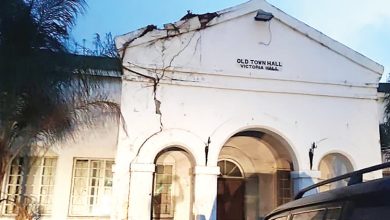2024 JCE, PSLCE selection results drop
Malawi National Examinations Board (Maneb) yesterday released results of the 2024 Junior Certificate of Education (JCE) and Primary School Leaving Certificate of Education (PSLCE) examinations that have revealed a decline in performance.
In JCE, out of 154 504 students who sat for the examinations, 110 002 candidates have passed, representing 71.20 percent and registering a slight decline from last year’s 72 percent.
Out of the 110 002 successful students, Maneb said 57 412 are males while 52 590 are females.
On the other hand, out of 252 668 candidates who wrote the Standard Eight examinations, 217 708 learners have passed, representing 86.16 percent, another decline from 87.77 percent last year.

In these exams, out of the 217 708 learners selected to start Form One, 106 907 are females while 110 801 are males, representing 82.92 percent and 89.54 percent pass-rate, respectively.
Maneb and the Ministry of Education announced the results in Lilongwe yesterday during a joint press briefing presided over by Minister of Education Madalitso Kambauwa Wirima.
Maneb executive director Professor Dorothy Nampota told journalists that Zomba is the best performing district in both JCE and PSLCE examinations.
Other top-performing education districts include Phalombe, Likoma, Chitipa, Ntchisi, Mulanje, Karonga, Mzuzu City and Dedza.
The lowest-performing districts include Nsanje, Chikwawa, Lilongwe, Mchinji, Neno, Dowa, Mzimba, Chiradzulu and Nkhotakota while the best-performing education division is Shire Highlands.
According to Kambauwa-Wirima, the 2024 JCE and PSLCE exams were leakage-free, and have been released on time.
Reacting to the results, Civil Society Education Coalition executive director Benedicto Kondowe observed that while the results still demonstrate a solid overall achievement, the slight declines raise concerns about the possible erosion of educational standards.
He also said the concentration of high performance for primary schools in urban districts and selected schools highlights a significant disparity between urban and rural educational outcomes.
“Districts such as Zomba Urban and Phalombe, and schools such as St. Mauritius and Mtendere, reflect the benefits of better infrastructure, more qualified teachers, and greater access to teaching and learning materials.
“In contrast, rural schools often struggle with inadequate resources, which hinder their ability to compete equitably,” noted Kondowe.





